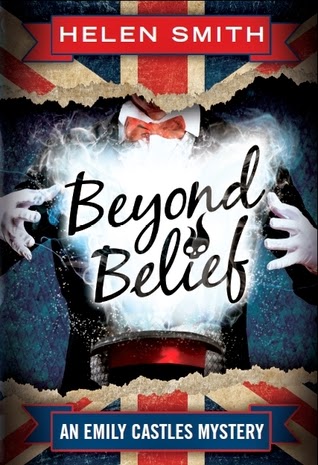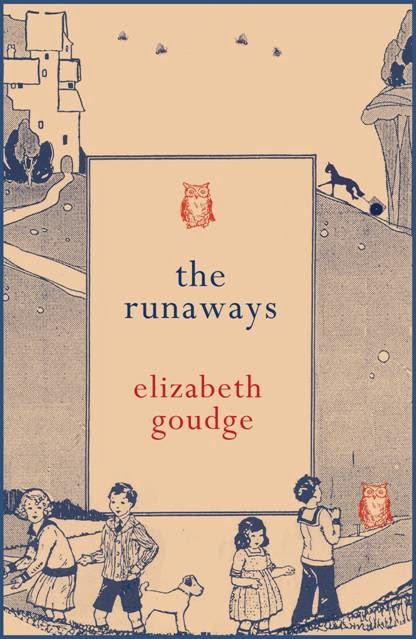Posts
Showing posts from 2014
The Song of the Quarkbeast by Jasper Fforde
- Get link
- X
- Other Apps
Oh dear, I know I shouldn't but... Once Upon a Time VIII
- Get link
- X
- Other Apps
The Girl Who Circumnavigated Fairyland... by Catherynne M. Valente
- Get link
- X
- Other Apps














